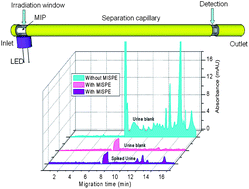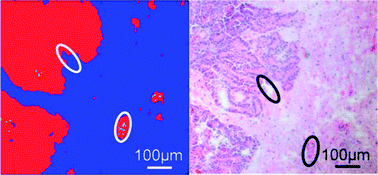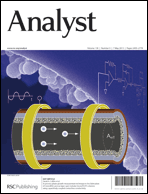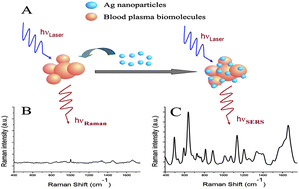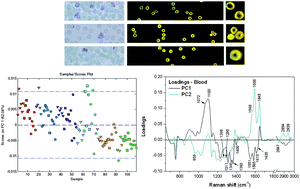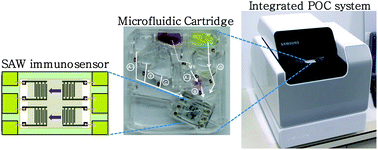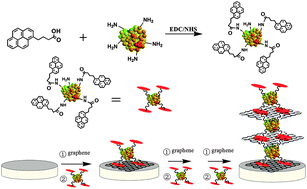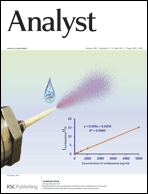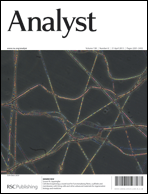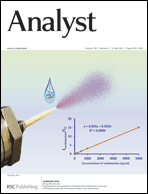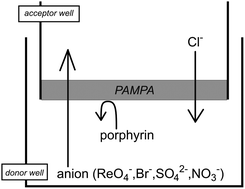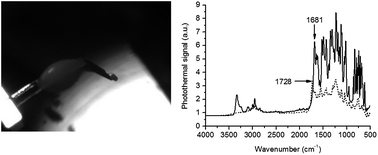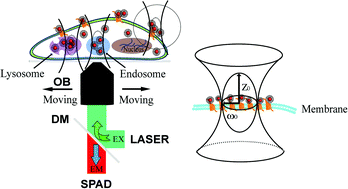
Chemical interactions and fate of nanoprobes upon entering living cells
Take a look at our new HOT papers free for you to read until May 13th !
Do you know what happens to nanoprobes once they enter living cells? And did you hear about in-column molecularly imprinted solid phase extraction concentrators for capillary electrophoresis?
To know more about the latest research published in Analyst, click on the links below and enjoy the reading!
LED-induced in-column molecular imprinting for solid phase extraction/capillary electrophoresis
Xinfeng Zhang , Shuxia Xu , Yong-Ill Lee and Steven A. Soper
Analyst, 2013, Advance Article
DOI: 10.1039/C3AN00257H
A thin-layered chromatography plate prepared from naphthalimide-based receptor immobilized SiO2 nanoparticles as a portable chemosensor and adsorbent for Pb2+
Sunhong Park , Jin Hyeok Lee and Jong Hwa Jung
Analyst, 2013, Advance Article
DOI: 10.1039/C3AN00292F
Off-line reaction monitoring of the oxidation of alkenes in water using drop coating deposition Raman (DCDR) spectroscopy
Shaghayegh Abdolahzadeh , Nicola M. Boyle , Apparao Draksharapu , Andrew C. Dennis , Ronald Hage , Johannes W. de Boer and Wesley R. Browne
Analyst, 2013, Advance Article
DOI: 10.1039/C3AN00330B
Probing site-exclusive binding of aqueous QDs and their organelle-dependent dynamics in live cells by single molecule spectroscopy
Chaoqing Dong,a Basudev Chowdhurya and Joseph Irudayaraj*a
Analyst, 2013, Advance Article
DOI: 10.1039/C3AN36906D


